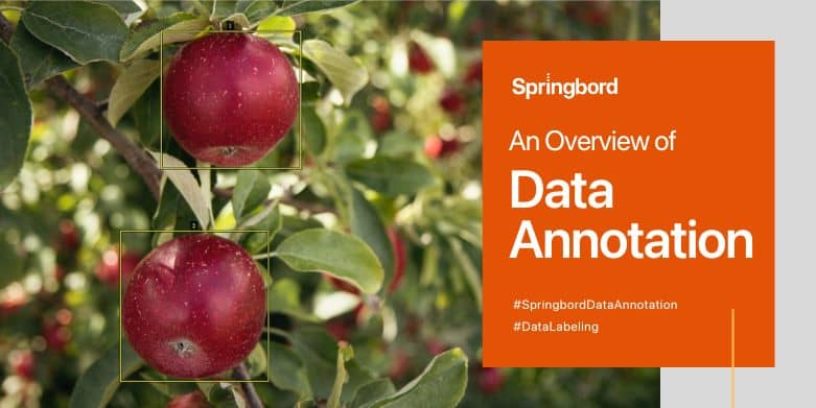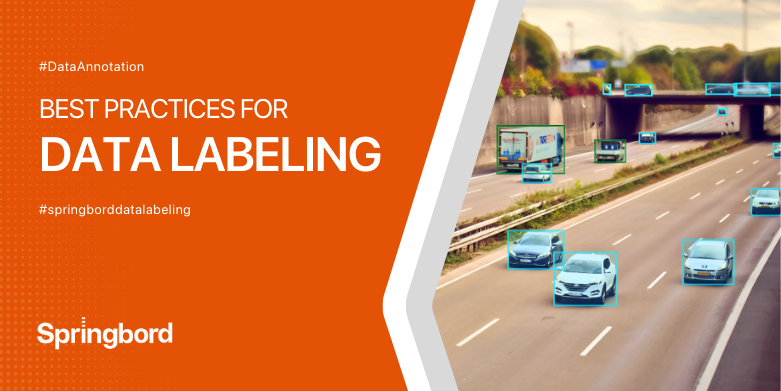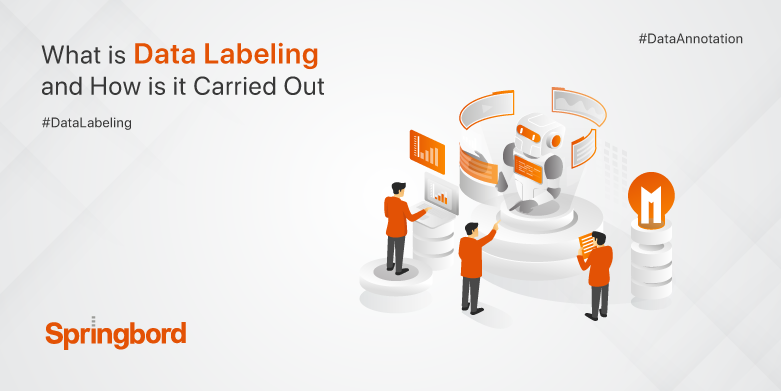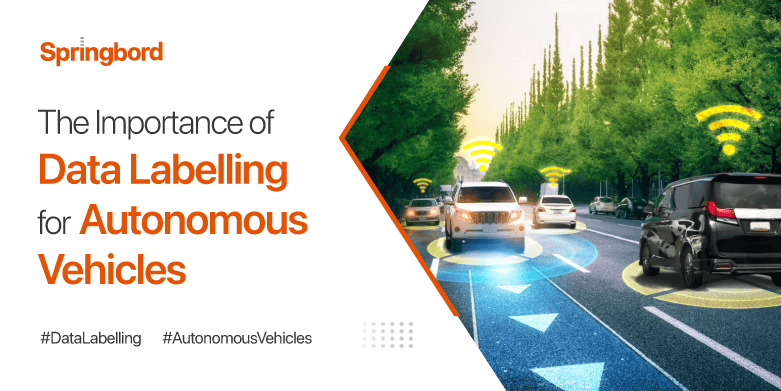 Read time 2 min
Read time 2 minData annotation is a crucial process in the fields of artificial intelligence (AI) and machine learning (ML). It involves labeling data, and adding context and meaning to it, which can be used to train and improve the accuracy of algorithms. Essentially, data annotation is the process of creating training data for AI models to learn from.
In this blog post, we will provide an overview of data annotation, including its importance, the different types of data annotation, and the tools used in the annotation process.
Overview of Data Annotation
Data annotation is the process of labeling data to make it understandable for machine learning algorithms. It involves adding relevant information to raw data, such as images, text, audio, or video, to make it more useful for machine learning algorithms.
This is done by humans who use their expertise to add labels and annotations to data points, which can help machines learn to recognize patterns, classify objects, or predict outcomes.
Importance of Data Annotation
Data annotation is a critical step in the development of AI models as it provides the necessary information for the algorithms to learn and make accurate predictions.
Without proper annotation, AI models cannot differentiate between different types of data and may make incorrect predictions.
For example, image recognition algorithms need to be trained on thousands of images that have been annotated with the correct labels to accurately identify objects in new images.
Types of Data Annotation
There are several types of data annotation, including image annotation, text annotation, and audio annotation.
Image Annotation: Image annotation involves labeling different aspects of an image, such as object detection, object segmentation, and image classification. Object detection involves identifying and locating specific objects within an image, while object segmentation involves identifying the boundaries of an object in an image. Image classification involves assigning a label to an entire image based on its content.
Text Annotation: Text annotation involves adding labels to text data, such as identifying named entities, sentiment analysis, and text classification. Named entity recognition involves identifying and labeling specific entities in text, such as names, dates, and locations. Sentiment analysis involves identifying the sentiment expressed in the text, while text classification involves assigning a label to the entire text based on its content.
Audio Annotation: Audio annotation involves labeling different aspects of an audio file, such as speech recognition, speaker identification, and music classification. Speech recognition involves transcribing spoken words into text, while speaker identification involves identifying different speakers within an audio file. Music classification involves identifying the genre or mood of a piece of music.
Tools Used in Data Annotation
There are several tools used in the data annotation process, including annotation software, APIs, and crowdsourcing platforms.
Annotation Software: Annotation software is used to annotate data, such as images, text, and audio. Examples of annotation software include Labelbox, Amazon SageMaker Ground Truth, and Hasty.
APIs: APIs can be used to automate the data annotation process, such as using Google Cloud’s Vision API for image annotation or Amazon Comprehend for text annotation.
Crowdsourcing Platforms: Crowdsourcing platforms, such as Amazon Mechanical Turk and CrowdFlower, allow businesses to outsource the data annotation process to a large number of people at a lower cost.
Conclusion
Data annotation is a critical step in the development of AI models. It involves labeling data, and adding context and meaning to it, which can be used to train and improve the accuracy of algorithms.
There are several types of data annotation, including image annotation, text annotation, and audio annotation, and several tools used in the annotation process, including annotation software, APIs, and crowdsourcing platforms.
As the demand for AI models continues to grow, the importance of data annotation will only increase.







